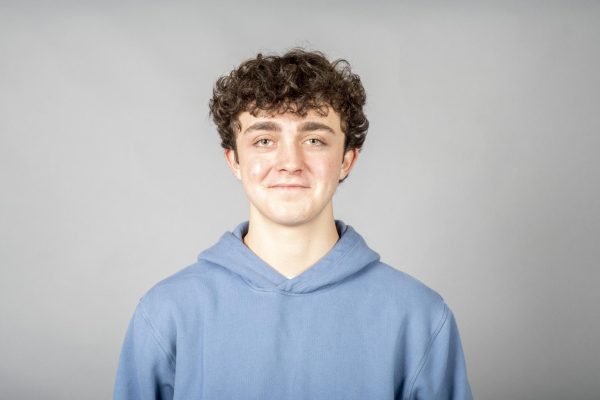Precision and Accuracy: Science teachers narrow down labs to the most vital content
Due to the online format over Zoom, science teachers must alter labs to fit time constraints
The human body, chemical reactions, the grand universe or the smallest atom; these are all things that are covered in science classes, and when COVID-19 is in the mix, it creates challenges like making up different ways to keep students engaged over Zoom. Biology teacher Katherine Mauss and chemistry teacher Christina Merz both exemplify how to handle things in their new online classrooms.
A large part of science classes are labs, and under normal circumstances, Mauss and Merz’s classes are more collaborative, allowing group work and at least one lab per week. However, that isn’t the case anymore, as online learning has made activities a lot more independent.
“Usually I’d let [classes] work where they want and with who they want, but now it’s harder because you don’t know people in the class as you would otherwise,” Mauss said. “Even if you didn’t have friends in the class originally, by now you’d at least know people, but that’s not the case when [students] can’t interact as freely.”
Due to time constraints, Mauss can’t do labs as frequently as she used to and has to break up the work for an entire week, starting with a pre-lab document and sometimes a recorded demo of the lab. Following this, she puts three students into a breakout room during block periods, allowing them to work together through scientific scenarios such as osmosis simulations on a shared document.
“We did an osmosis potato lab, but all the students got to do was watch a video of me doing it, which gives the same information, but I feel like you’re not going to remember it as well since you’re not the one cutting the potatoes or putting them into different solutions and measuring results,” Mauss said.
Similar to Mauss, Merz’s online labs consist of using different programs such as Gizmos and PhET, which can simulate chemical reactions, and she has also recorded herself doing demos for students to watch. Merz places three students into a breakout room, and they use a shared document to answer guided questions and run simulations.
“I try to put my students in breakouts rooms at least a few times a week to solve lab simulations together,” Merz said. “It’s not really comparable to working together in person, but from feedback I’ve gotten, the interactions are helpful to grasp the concepts that are harder to learn online.”
Both Mauss and Merz look forward to the rest of the year and the return to in-person learning after a first semester of “plentiful challenge” in the classroom.
“This year we’ve really had to examine what information is relevant and important for learning,” Merz said. “Because of that, it’s allowed us to take a step back and cater the learning experience to what really engages students what they will really need in the future.”



